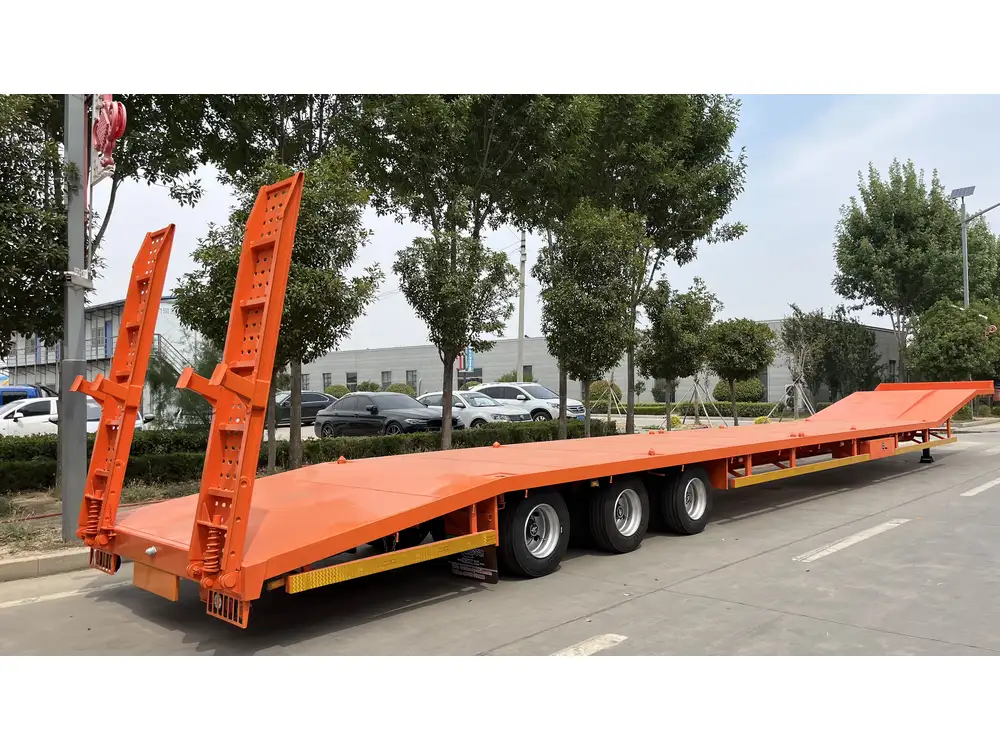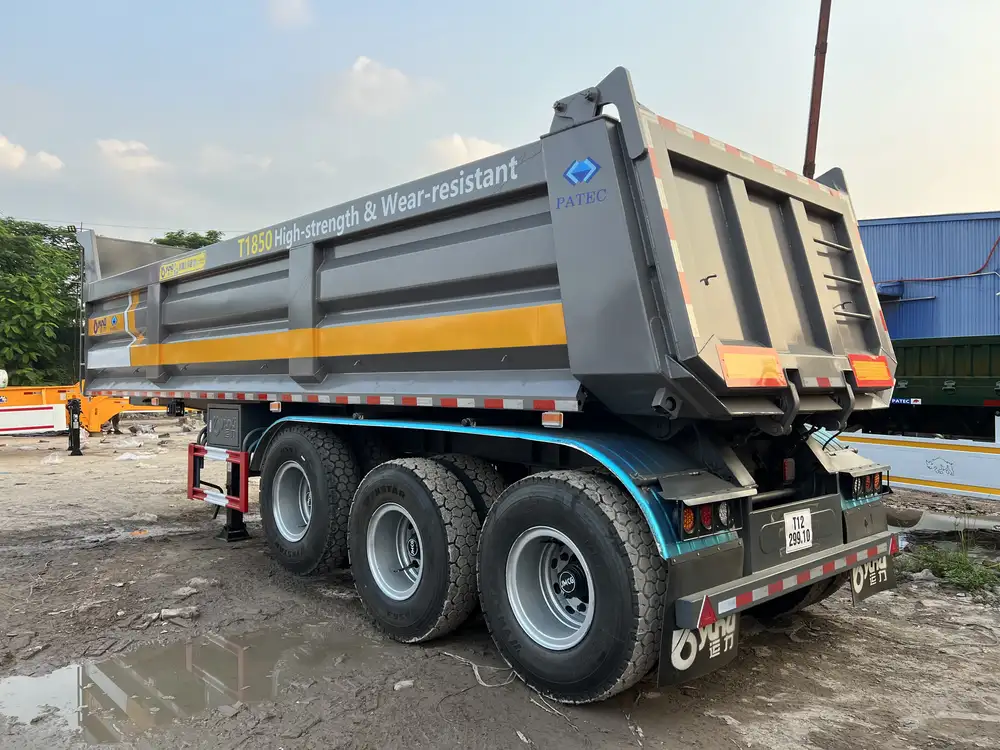Transporting cattle is a crucial aspect of livestock management and commercial farming. Understanding the logistics of cattle transportation, especially the capacity of semi-trailers, is paramount for farmers and livestock handlers. This comprehensive guide will explore various factors that determine how many cattle can fit in a semi-trailer, providing you with the insights needed for effective livestock transport.
Understanding Semi-Trailer Specifications
Types of Semi-Trailers Used for Cattle Transport
Before delving into the specifics of cattle capacity, it’s essential to acknowledge the different types of semi-trailers utilized in livestock transport:
| Type of Semi-Trailer | Description | Typical Length | Advantages |
|---|---|---|---|
| Standard Livestock Trailer | Classic design with slatted sides for ventilation and viewing. | 48 – 53 feet | Optimizes space and airflow. |
| Gooseneck Trailer | Designed to be towed by a truck’s hitch. | 20 – 40 feet | Better maneuverability. |
| Drop Deck Trailer | Lower deck height for easier loading of livestock. | 48 – 53 feet | Suitable for larger breeds. |
| Reefer Trailer | Insulated for temperature regulation. | 48 – 53 feet | Ideal for transporting meaty products. |
Each trailer type has unique specifications that shape its capacity for holding cattle.

Dimensions of a Standard Cattle Semi-Trailer
A typical cattle semi-trailer has dimensions that influence capacity:
- Length: Generally ranges from 48 to 53 feet.
- Width: Approximately 8.5 feet.
- Height: About 7 to 8 feet.
These dimensions allow for a stable and spacious environment for cattle, contributing to their welfare during transport.
Calculating Cattle Capacity
Factors Impacting Cattle Capacity
The number of cattle that can be safely transported in a semi-trailer is influenced by several factors, including:
Cattle Size and Breed
- Different breeds vary in size. For instance, larger breeds like Holsteins will take up more space than smaller breeds such as Angus.
Weight Restrictions
- Each state has regulations regarding the maximum weight a semi-trailer can carry, which can affect the number of cattle transported.
Federal and State Regulations
- Compliance with regulations for animal welfare is crucial, which may limit the density of cattle in trailers.

Standard Sizing Guideline
An average estimation for standard-sized cattle is as follows:
- Standard Cattle (Approx. 1,000 lbs each): Generally, 1.5 to 2 head per linear foot of trailer.
- Calculation Example: A 48-foot trailer could hold approximately 72 to 96 standard-sized cattle, depending on their breed and weight.
Capacity Charts by Cattle Size
| Cattle Type | Estimated Weight | Space Required (ft²) | Number per 48 ft Trailer |
|---|---|---|---|
| Steer | 900 – 1200 lbs | 7 – 10 | 6 – 8 |
| Heifer | 800 – 1000 lbs | 5 – 7 | 8 – 10 |
| Calf | 300 – 600 lbs | 4 – 5 | 12 – 15 |
Consideration of Animal Welfare
A primary concern in cattle transportation is ensuring the wellbeing of the livestock. The following considerations are crucial:
- Space Requirements: Federal guidelines suggest a minimum of 13 to 24 square feet per animal, depending on size.
- Ventilation: Adequate airflow must be ensured to prevent heat stress or respiratory issues.
- Loading and Unloading: Proper ramps and handling equipment should be available to facilitate safe loading and unloading.

Best Practices for Cattle Transport
Preparing for Transport
Proper preparation can lead to a successful livestock transport day:
- Pre-Trip Inspection: Ensure your semi-trailer is in prime condition—check for structural integrity, brakes, and signage.
- Animal Conditioning: Familiarize cattle with the trailer to minimize stress. Practice loading and unloading beforehand.
- Weather Considerations: Account for temperature extremes; adjust loading strategies accordingly.
Loading Techniques
Implementing the right loading techniques can enhance safety and efficiency:
- Continuous Flow Loading: Involves loading cattle in a single line to maintain order and avoid crowding.
- Use of Experienced Hands: Rely on knowledgeable staff to ensure cattle are loaded smoothly.

Monitoring During Transit
Monitoring cattle during transport is essential for their wellbeing:
- Use of Technology: GPS systems can provide real-time location updates and ensure timely deliveries.
- Regular Breaks: Schedule stops to allow cattle to rest and hydrate.
After the Transport
Unloading Process
Unloading can be as critical as loading; consider the following:
- Calm Environment: Ensure the unloading area is free from distractions and noise to minimize stress.
- Adequate Space: Allow enough room for cattle to exit the trailer without feeling confined.

Post-Transport Considerations
After reaching their destination, cattle require attention:
- Health Check: Immediately examine cattle for injuries or distress. Prioritize ready access to water and feed.
- Documentation: Maintain thorough records of transport details, including numbers, breeds, and any incidents.
Conclusion: Ensuring Efficient and Humane Cattle Transport
The question of how many cattle fit in a semi-trailer is multifaceted, requiring consideration of trailer specifications, cattle size, regulatory requirements, and animal welfare practices. Understanding these dynamics enables livestock producers to optimize their transport strategies, adapting to the unique needs of each journey.
Armed with this detailed guide, livestock transporters can ensure the efficient and humane transport of cattle, promoting both the welfare of the animals and the profitability of their operation. By paying attention to the varying factors that influence capacity and adopting best practices, transporting cattle can be executed smoothly, ultimately supporting the overall success of livestock management.



